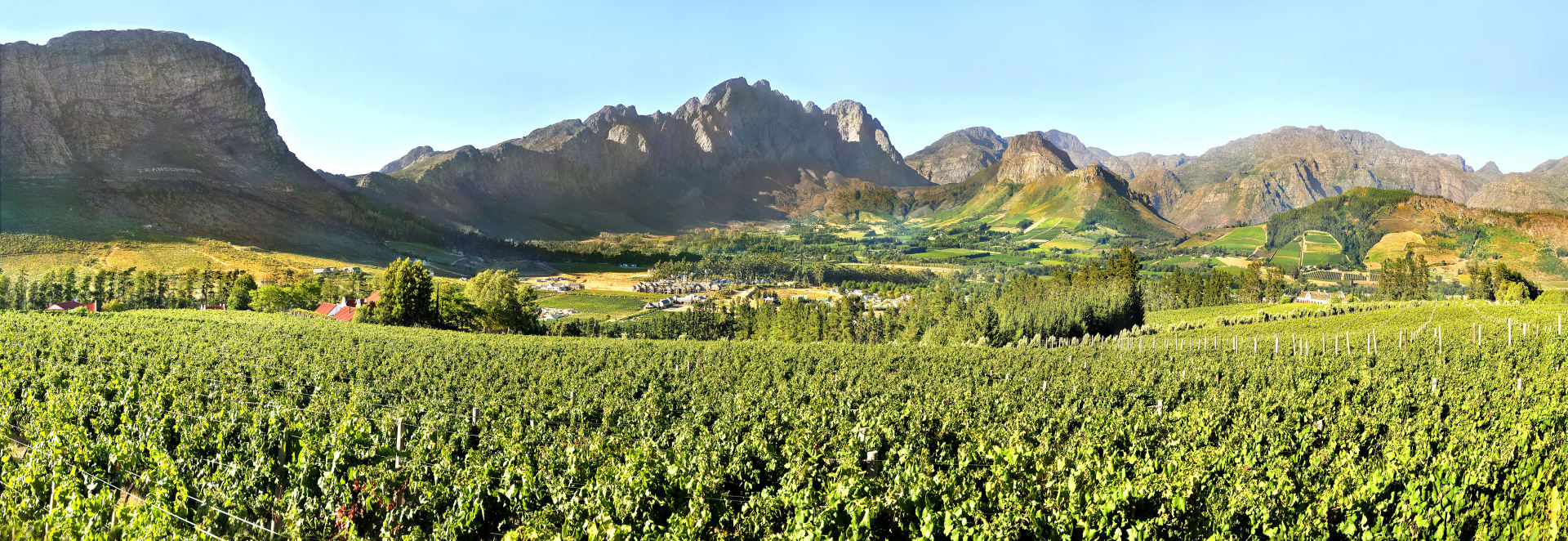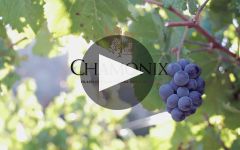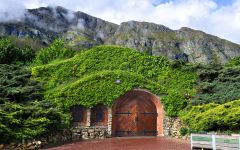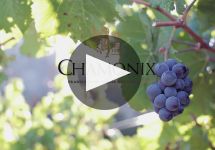Chamonix Reserve Pinot Noir 2014
-
Wine
Enthusiast



Product Details
Your Rating
Somm Note
Winemaker Notes
The Chamonix Pinot Noir Reserve shows a ruby red color, with notes of cherry, wild red berries, crushed black pepper, cinnamon and violets on the nose. Although firm in structure and intense in flavor, textures are mellow and round, expanding with time to extraordinary opulence and length on the palate. It should reach its prime in about 5-8 years after release.
Professional Ratings
-
Wine Enthusiast
This is a concentrated and lush wine, with medium-intense notes of black cherry, blueberry and plum that are spiced by prominent tones of mentholated herbs and whole baking spice. The medium-weight palate offers a smooth, velvety impression, with fine-grained tannins that lend a subtle yet supporting structure and ample acidity that lifts the spicy ripe fruit. The finish boasts lasting strawberry and raspberry flavors.







Chamonix Wine Farm is nestled against Mont Rochelle, deep within the rich wine-growing valley of Franschhoek in the Western Cape. Formerly part of the historic La Cotte granted to the Huguenots in 1688, Chamonix today comprises some 750 acres. German-born Chris Hellinger purchased the farm in the early 1990s when it was predominantly an export fruit farm. With tenacity and vigor, a replanting program began, steadily replanting fruit trees with noble French grape varieties. An underground cellar was built drawing upon Hellinger’s engineering background and old world principles. An underground passage leads through the cellar up into the Blacksmith’s Cottage, built in the late 1700s, which now houses the Tasting Room and Sales Department

Thin-skinned, finicky and temperamental, Pinot Noir is also one of the most rewarding grapes to grow and remains a labor of love for some of the greatest vignerons in Burgundy. Fairly adaptable but highly reflective of the environment in which it is grown, Pinot Noir prefers a cool climate and requires low yields to achieve high quality. Outside of France, outstanding examples come from in Oregon, California and throughout specific locations in wine-producing world. Somm Secret—André Tchelistcheff, California’s most influential post-Prohibition winemaker decidedly stayed away from the grape, claiming “God made Cabernet. The Devil made Pinot Noir.”

Originally named Franschhoek meaning the “French Corner” because it was home to the influx of French Huguenots, today the valley contains many historic cellars and is an important tourist location because of its proximity to Cape Town.
This valley falls to the southeast of Paarl and is enclosed on three sides by towering mountains. Streams from the slopes flow down to the valley floor, converging to form the Berg River. The area excels in the production of full-bodied reds.
